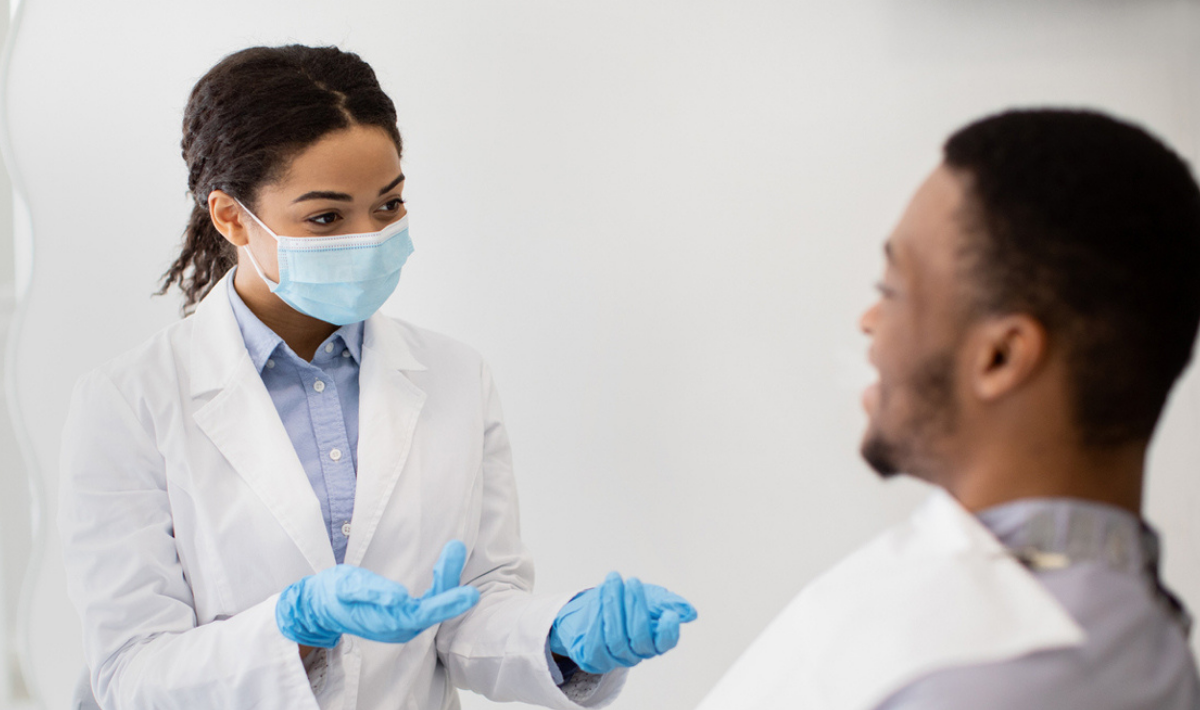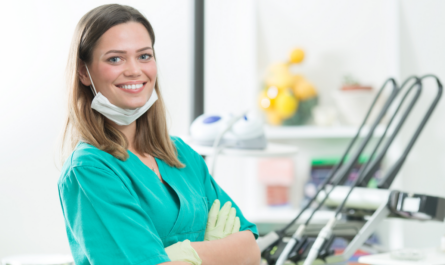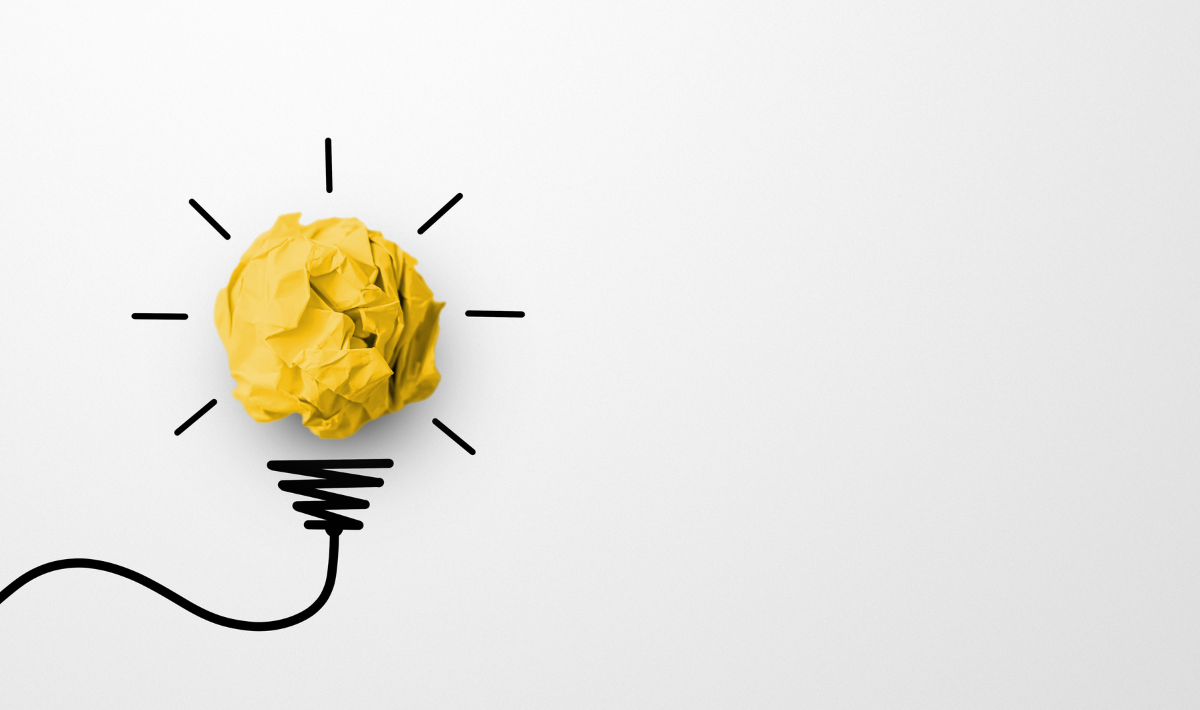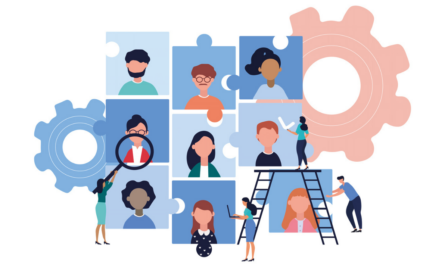Sponsored Content: Vivos Therapeutics
Improving sleep apnea in patients can directly impact DSO bottom lines.
EBITDA is important. Even a small increase at a practice level can translate into millions of dollars for owners, boosting potential valuation. So, how can a DSO improve it and increase market value through the patients it already serves?
Technology like modern sleep medicine can generate significant revenue from these patients and help DSOs keep up with private practices expanding into this patient-demanded treatment. Nearly 54 million U.S. adults have obstructive sleep apnea (OSA), a chronic condition that occurs when muscles relax during sleep, allowing soft tissue to collapse and block the airway.1
While DSOs have been hesitant to break into sleep and airway treatment, many barriers to this bottom-line boosting treatment can be addressed with several new technologies introduced by Vivos Therapeutics.
Recently, 56% of patients tested positive for OSA – mild, moderate or severe – in a test of 12 independently trained dental offices. 50% of the patients that tested positive opted in for treatment and were treated with The Vivos Method.
“This is an untapped market for a practice,” said David Howard, Director of Practices overseeing DSO business development for Vivos Therapeutics. “We’ve been testing for many years now and have found that between 45% and 60% of existing patients in a dental practice will test positive for sleep apnea.”
Howard explains that a DSO will improve its market value by treating patients with OSA with a dental solution through The Vivos Method. “As patients are shown to need treatment and it’s executed, revenue will be earned by the practice through one of the most profitable procedures offered in dentistry,” he said. “This will equate to an improved EBITDA and a greater market valuation.”
The Vivos Method, the company’s multidisciplinary treatment protocol, is combined with Vivos Therapeutics’ proprietary oral appliance technology that leads to higher case acceptance rates. A properly executed dental sleep medicine program could add tens of millions of dollars in value for DSO ownership.
“The increased business already sits in the DSO patient base and in new patients being seen,” Howard said. “A DSO can increase its revenue and EBITDA simply by offering these treatments to these patients.”
This allows dentists to deliver both sleep and dental care simultaneously without additional marketing efforts or costs.
Patients are tested with a SleepImage ring sensor, featuring proprietary cardiopulmonary coupling (CPC) technology cleared by the FDA to provide diagnostic quality assessments of a patient’s sleep quality, including the ability to diagnose OSA. It is 98.9% accurate.2 Vivos Therapeutics’ proprietary oral appliance technology is then used to treat patients.
Sleep medicine in dental practices could be the greatest opportunity for growth in DSOs since implants. By adapting these technologies, DSOs will find the opportunity for high levels of untapped revenue.
The Vivos Institute in Denver can provide advanced training and education to support DSOs with these technologies in both clinical and administrative settings.
1 American Academy of Dental Sleep Medicine: Obstructive Sleep Apnea & Snoring
2 HealthTech Insider: New Smart Ring Diagnoses Sleep Apnea at Home





